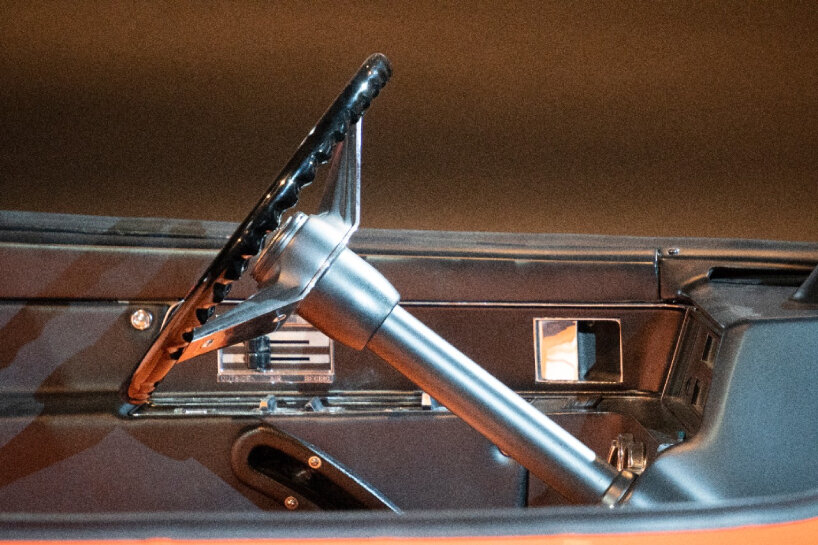General motors revisits electric bubble car ‘512E’
General Motors – which owns the brands Chevrolet, Buick, GMC, and Cadillac – looks back at one of its first concept electric bubble cars, the 512E. Debuting in 1969, it precedes its other siblings like the GM EV1 in 1996, the first mass-produced electric car from a major automaker, as well as the hybrid Chevrolet Volt in 2010. What’s different with the 512E electric bubble car is that it stayed, and still remains, a concept vehicle. It has never seen the light of day commercially, and General Motors is yet to announce whether it will ever produce the micro vehicle.
The model is formally known as the 512 Electric Experimental. The car manufacturer first brought it to light in May 1969 during its Progress of Power exhibition for innovative vehicles. During that time, an electric bubble car like the 512E surely earned that modern-car title: a wheelbase of 52 inches, an overall length of 86.3 inches, and a width of 56 inches. Then, it’s also powered by electricity, not fuel. It packs an 84-volt lead-acid battery and a DC electric motor mounted on the rear axle. What sets it back as a daily car, however, is its speed.

all images courtesy of General Motors
roof doubles as a canopy that opens upwards
The 512E electric bubble car can only travel up to 58 miles at 25 miles per hour. It can run with a top speed of 30 miles per hour, but for a maximum of 47 miles. When it comes to accelerating, the concept vehicle can speed away from 0 to 30 miles per hour in 12 seconds. That’s slow compared to the electric cars these days, and more so, to the competitive, fuel-based vehicles of the time. It doesn’t mean that the 512E electric bubble car has no features considered ahead of its time.
General Motors’ 512E electric bubble car shares the same era as the wedge-shaped designs, which gained popularity between the late ‘60s and ‘70s. The car manufacturer’s concept vehicle stands out with its two-seater yet micro-styled frame. Its roof doubles as a canopy that opens upwards. The door, unlike the traditional ones, swings outward. The setup makes it easier for the passengers to step in and out of the tight interior. In the cabin, there’s also a bench seat for the driver and passenger, a regular throttle and brake, a steering wheel, and even an ashtray.

General Motors looks back at one of its first concept electric bubble cars, the 512E
Removable roof transforms the vehicle into roadster
If the weather is nice enough, the driver can lift the canopy of the 512E electric bubble car as they cruise. This roof part is even removable, in case the owner wants to transform the concept vehicle into a tiny electric roadster. General Motors prides itself on having unveiled the car before the advent of modern Level 2 chargers. It is somewhat of a predictive trend turned into reality as car manufacturers these days swing to producing more electric cars. Back then, however, users would have charged the 512E electric bubble car using a standard 115-volt household outlet.
This means it would take them around seven hours to fully charge the vehicle. It would also be this charger that supplied power to the car’s onboard 12-volt battery, which operated the vehicle’s accessories, including the heater-defroster, headlamps, taillamps, turn signals, windshield wipers, and horn. General Motors brings the spotlight back onto the 512E electric bubble car as a concept vehicle. It’s a way for the car manufacturer to reminisce about its pioneering designs in the past all the while reconsidering the features it can realize today for its modern cars. At the same time, 512E serves as a reminder that ideas do take time to manifest in real life.

debuting in 1969, it precedes its other siblings like the GM EV1 in 1996,

the concept vehicle can speed away from 0 to 30 miles per hour in 12 seconds

view of the elongated steering wheel

detailed view of the battery and speed meters











